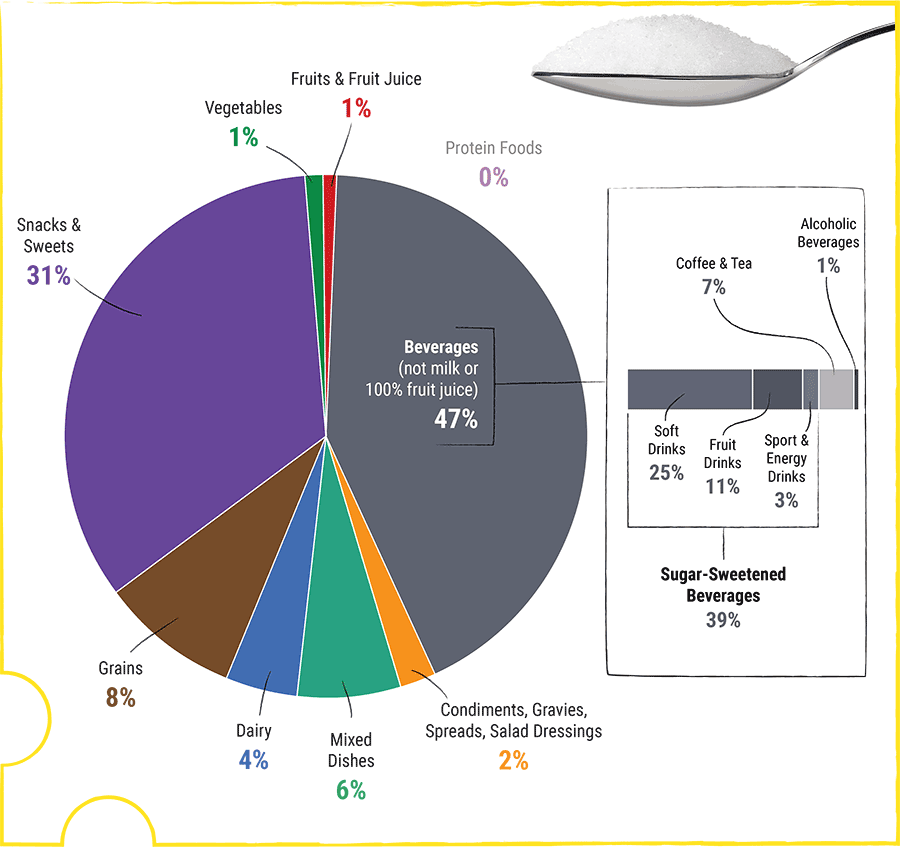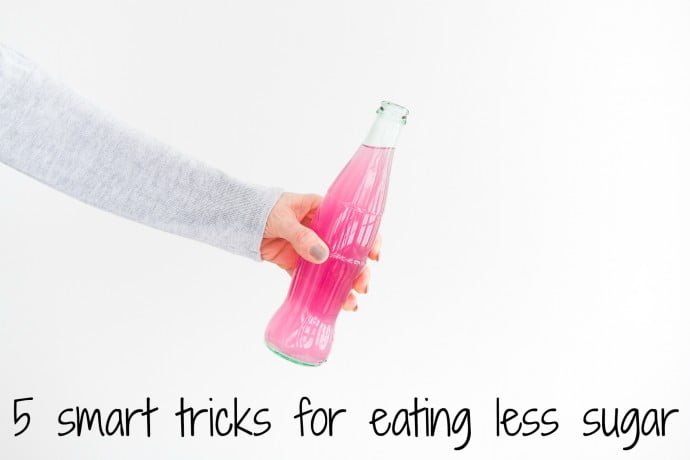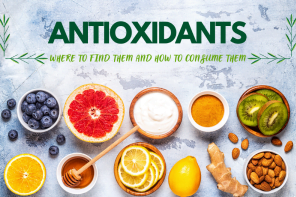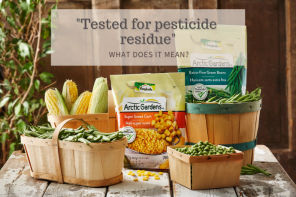By Annie Ferland
RD, Nutritionist and Doctor of Pharmacy
sciencefourchette.com
Canadians love sugar! According to the most recent data, we consume about 110 g per day which is the equivalent of 26 teaspoons. Although sugar (carbohydrates) is an athlete’s best friend, overconsumption is still associated with being overweight and many chronic health problems.
We should eat less sugar – there’s no doubt about that – but especially less free and added sugars.
Natural, free or added sugar?
In order to make better daily choices, it’s important to know the difference between the various kinds of sugars in our diet and be able to identify them.
Sugar is considered natural when it’s found naturally in food. It’s found mainly in fruits and vegetables, and basic dairy and cereal products. It’s considered healthier than the others because it’s “attached” to other nutrients like fiber. This is thesugaryou should prioritize!
Free sugar is also sugar that is found naturally in food. However, it willact like an added sugar when it’s no longer in its raw state. This is the casefor 100% pure fruit juice because fiber is removed during processing. Even if it comes from a so-called “natural” source, you shouldstill limit consumption.
There are also sugars added during factory food preparation like the sugar found in breakfast cereals or granola bars. The sugar here isn’t naturally present in food. The real problem is that close to 80% of processed food sold in grocery contains this type of sugar. It’s everywhere and often well-hidden in the list of ingredients.
| Type of sugar | What is it | Effect on your body | Example |
Natural sugar Prioritize | Naturally present in food Attached to other nutrients (fiber) | Absorbed slowly | Fruits Vegetables Basic dairy products Staple cereal products |
Free sugar Occasionally | So-called “natural” sugar that acts like added sugar | Absorbed quickly | 100 % pure fruit juice Honey Maple syrup |
Added sugar Limit | Sugar added during food processing | Absorbs quickly | Breakfast cereals Granola bars |
Eat less, but how much?
Public health organizations across the world strongly recommend reducing free and added sugar consumption to less than 10% of our total energy intake and even target less than 5%. This represents between 6 and 12teaspoons of sugar per adult per day or close to two times less than what we consume today. But is it realistic without having to calculate everything?
Yes, when you use a few little tricks every day.
Adopt these 5 tricks to eat less
1. Eliminate juice and sugary drinks

Source: What We Eat in America (WWEIA) Food Category analyses for the 2015 Dietary Guidelines Advisory Committee. Estimates based on day 1 dietary recalls from WWEIA, NHANES 2009-2010.
On average, close to 47% of free and added sugars consumed daily come from juice and sugary drinks. In this category, you’ll find pop, sports drinks, juice with added sugar, 100% pure fruit juice, energy drinks, as well as specialty hot and cold specialty tea and coffee.
Water should always be your first choice for hydration. You should drink at least two litres of liquid per day and even more on hot days. Water flavoured with fresh fruit, vegetables and frozen fruit, homemade infused tea and bubbly water are the best choices.
2. Cook as often as possible
Knowing that most processed foods contain sugar, one of the best ways to limit consumption is to take the time to cook. You should chose fresh food and minimally processed food (like dried fruit, frozen fruits and vegetables, legumes, eggs, yoghurt) as often as possible while ensuring that fruits and vegetables are the stars of your meals (about half the plate). You can also replace the sugar in some recipes by food that has natural sugars like fruit or vegetable purées (for example, dates, bananas, sweet potato or green peas).
Here are a few recipes to help you start practicing these good habits!
- Rainbow veggie stir-fry
- Hearty Chinese soup bowl
- Banana and veggie bread
- Tofu and veggie spread
- Scrambled eggs with super sweet corn
Cooking helps you adopt better eating habits every day and improve the nutritional value of your meals.
3. Make fresh and minimally processed food a priority
It’s estimated thatabout 47% of calories consumed daily by Quebecers comes from ultra-processed food. It’s been clearly demonstrated that the more sugars, fat and salt you eat, the less healthy your diet is.
The solution? Avoid ready-to-eat and fast foods, and cook as often as possible!
4. Read the list of ingredients
When choosing food at the grocery store, you have to read the list of ingredients to spot sugars that were added during food processing. This list indicates all the ingredients contained in the food in decreasing order by weight. The ingredient with the highestquantity appears at the top of the list whereas the one with the least is at the very end. This is how you can choose food that doesn’t have sugar listed in the top five ingredients.
5. Replace sugary snacks and desserts
Snacksand desserts like chocolate-coated granola bars, pudding, cookies and cakes represent about 31% of ouradded sugar consumption when they should actually be the exception. Instead, you should choose fruits, veggies, yoghurt, white cheese and mixed dried fruit more often. Have a snack only when you’re hungry and not when you’re feeling stressed, upset or tired.
By adopting these five simple little tricks, you’ll eliminate close to 80% of the added sugars in your diet. Quantities consumed daily will become acceptable for your health and your diet will only make you feel better!
Reference
- HealthCanada. Average daily sugar intake by age group and sex, household population aged 1 and over, Canada, excluding territories. Canadian Community Health Survey – Nutrition (2004).








